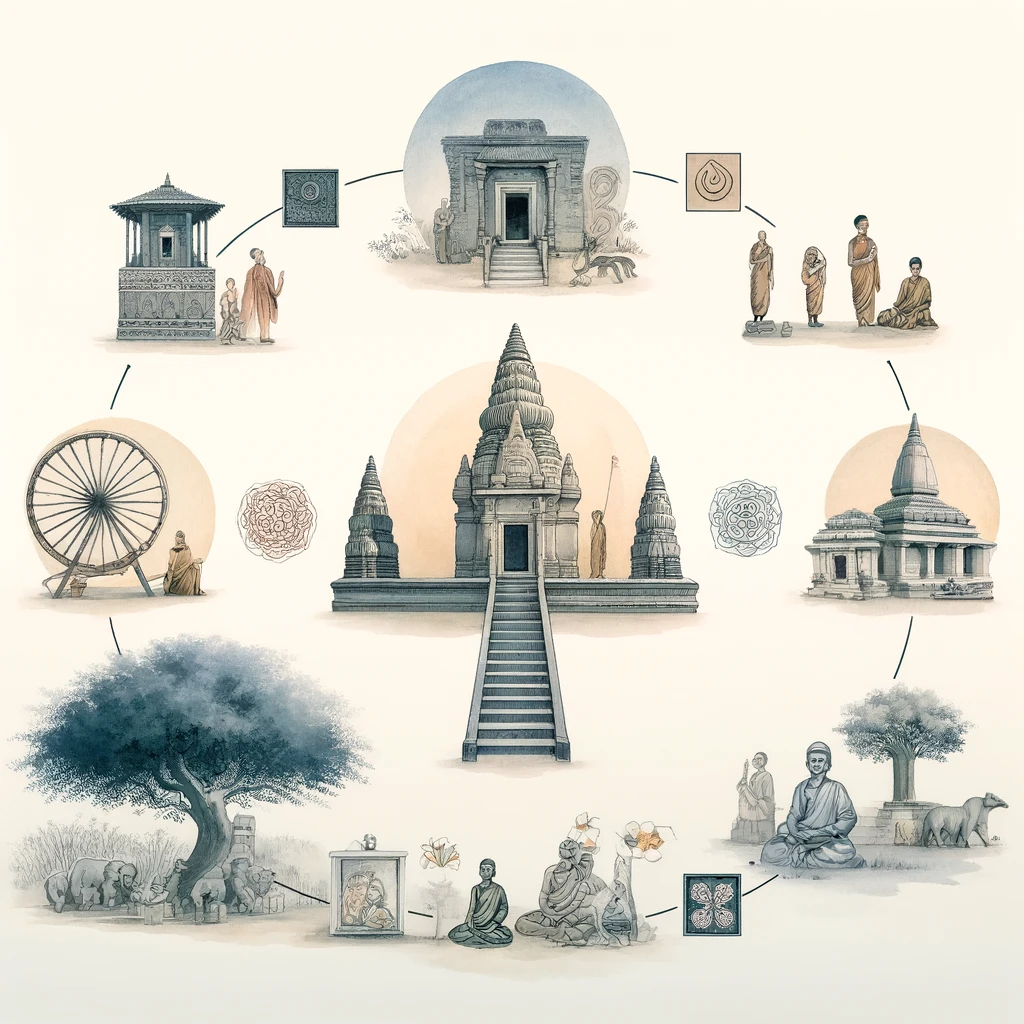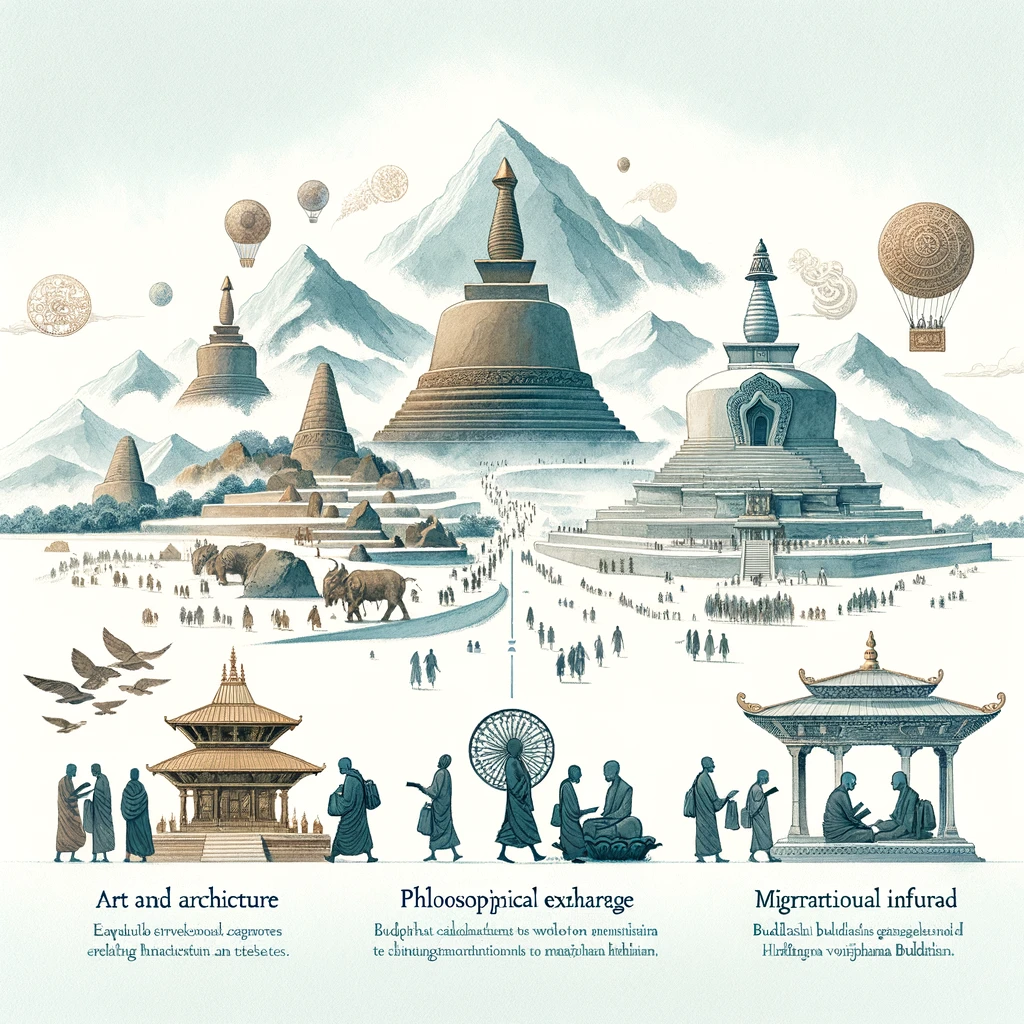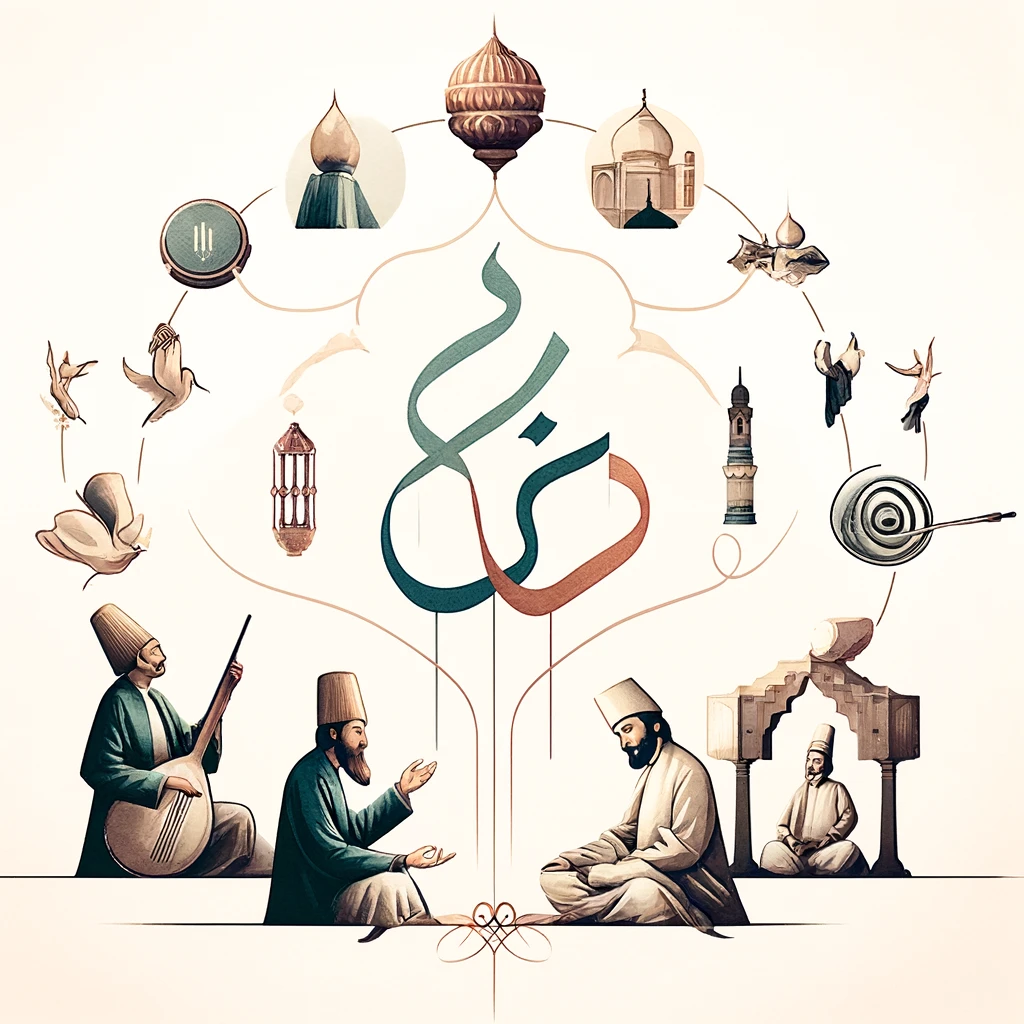Introduction
During the medieval period in India, the religious landscape was marked by significant changes and interactions between various traditions. Among the prominent religious movements, Jainism and Buddhism, which had already seen substantial development during ancient times, underwent notable transformations. This article examines the status and evolution of Jainism and Buddhism in medieval India, focusing on their interactions with other religious traditions and their socio-cultural impact.

Jainism in Medieval India
Continuity and Transformation
- Institutional Support and Patronage:
- Jainism received substantial patronage from various dynasties, particularly in western and southern India. The Chalukyas, Rashtrakutas, and later the Hoysalas in Karnataka were notable patrons. Jain temples, monasteries, and educational institutions thrived under their rule.
- Literature and Scholarship:
- Jain scholars continued to contribute to religious and philosophical literature. Significant works in Prakrit, Sanskrit, and Kannada emerged during this period. Notable scholars included Hemachandra, who was instrumental in the literary and doctrinal consolidation of Jainism.
- Architectural Developments:
- The period saw the construction of grand temples and architectural marvels. The Dilwara Temples of Mount Abu and the temples at Sravanabelagola are prime examples of Jain architectural brilliance during medieval times.
- Interactions with Other Religions:
- Jainism coexisted with Hinduism and Islam, often leading to syncretic cultural and religious exchanges. Despite political upheavals and the rise of Islamic rule, Jain communities maintained their religious practices and continued to influence the socio-cultural fabric of the regions they inhabited.
Socio-Cultural Impact
- Economic Influence:
- Jain merchants and traders played a crucial role in the economy, particularly in western India. Their influence extended to the financing of temple constructions and charitable activities.
- Cultural Contributions:
- Jains contributed significantly to the arts, literature, and architecture, leaving a lasting legacy that continues to be celebrated.
Buddhism in Medieval India
Decline and Resurgence
- Decline of Monastic Institutions:
- By the medieval period, Buddhism in India had seen a decline, especially in the Gangetic plains where it had once thrived. The invasions and destruction by Turkic and Afghan rulers, who targeted Buddhist monasteries for their wealth, significantly contributed to this decline.
- Survival in Pockets:
- Despite the decline, Buddhism survived in pockets, particularly in eastern India (Bengal and Bihar) and the Himalayan regions. The Pala dynasty in Bengal and Bihar provided patronage, leading to a brief resurgence of Buddhist art and learning, exemplified by the Vikramashila and Odantapuri universities.
- Interaction with Hinduism and Islam:
- The period saw Buddhism interact with rising Bhakti movements and, later, with the advent of Islam. The syncretic nature of Indian spirituality allowed for certain Buddhist practices and philosophical ideas to merge with or influence emerging Hindu sects and Sufi traditions.
Read about Satavahana here.
Socio-Cultural Impact

- Art and Architecture:
- The artistic contributions during the Pala period were significant, with the creation of exquisite bronze sculptures and the construction of stupas and viharas, which influenced later Hindu temple architecture.
- Philosophical Exchange:
- Buddhist philosophical thought continued to influence Hindu philosophers and sects. The works of Buddhist logicians like Dharmakirti and Dignaga were studied and critiqued by Hindu scholars.
- Migration and Influence Abroad:
- The decline of Buddhism in India led to the migration of Buddhist scholars to Nepal, Tibet, and Southeast Asia, where they played a crucial role in the development of Mahayana and Vajrayana Buddhism.
Conclusion
The medieval period in India was a time of significant religious flux and interaction. Jainism managed to sustain and even flourish in certain regions through royal patronage and its economic base. Buddhism, although in decline in the Indian heartland, continued to exert cultural and philosophical influence and found new avenues of growth outside India. The socio-cultural impacts of both religions during this period are profound, as they contributed to the rich tapestry of India’s religious and cultural history.


